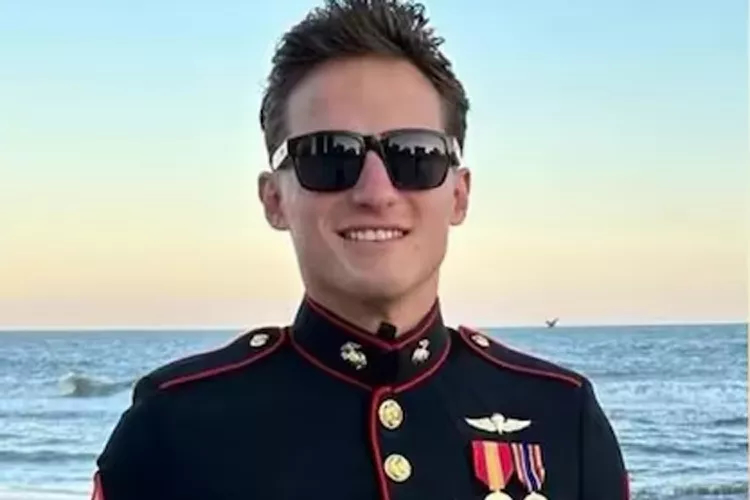
U.S. Marine Dies in Parachute Accident at Camp Lejeune
A U.S. Marine died during a parachute accident at Camp Lejeune last week, the Marine Corps said Thursday.…

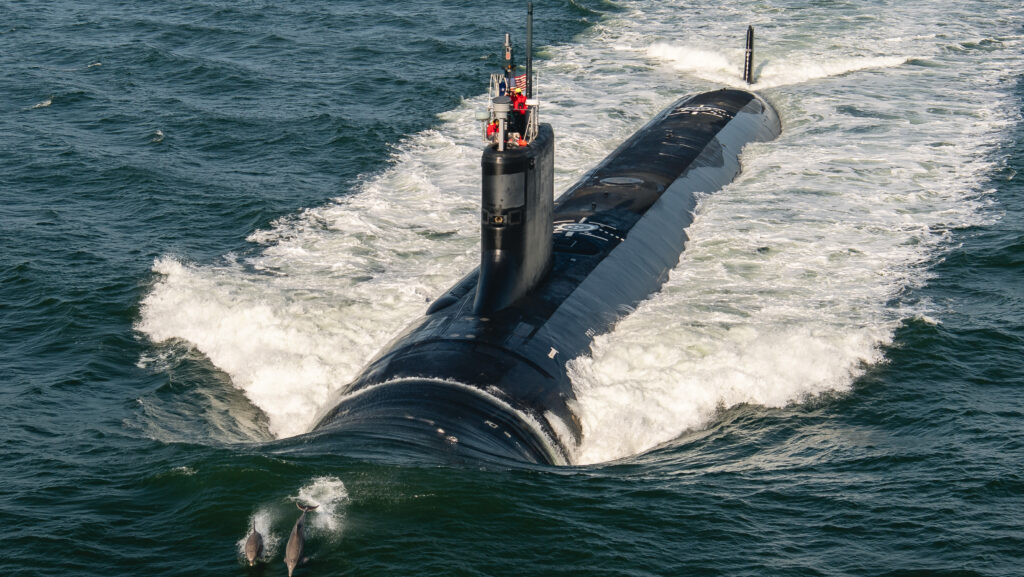
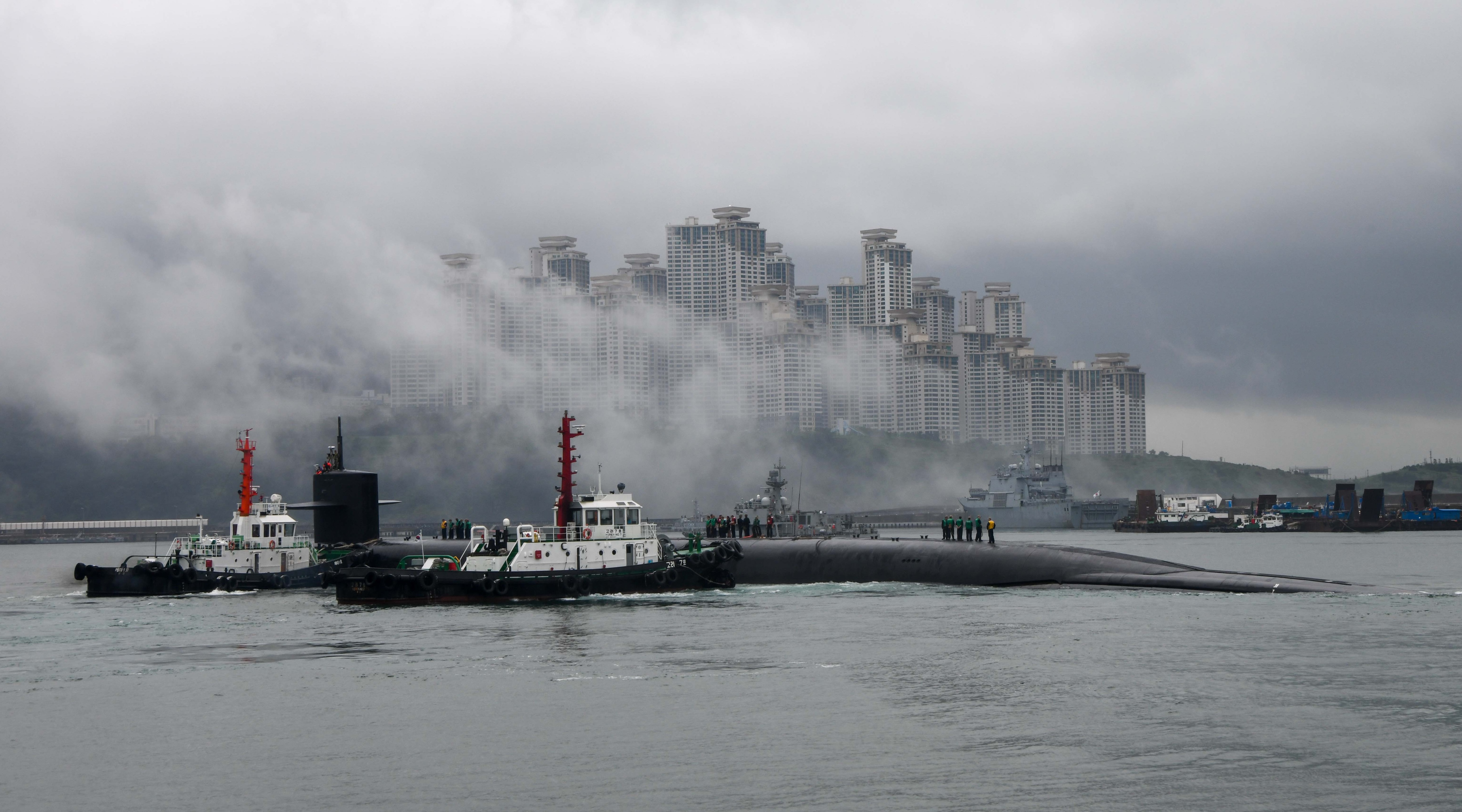
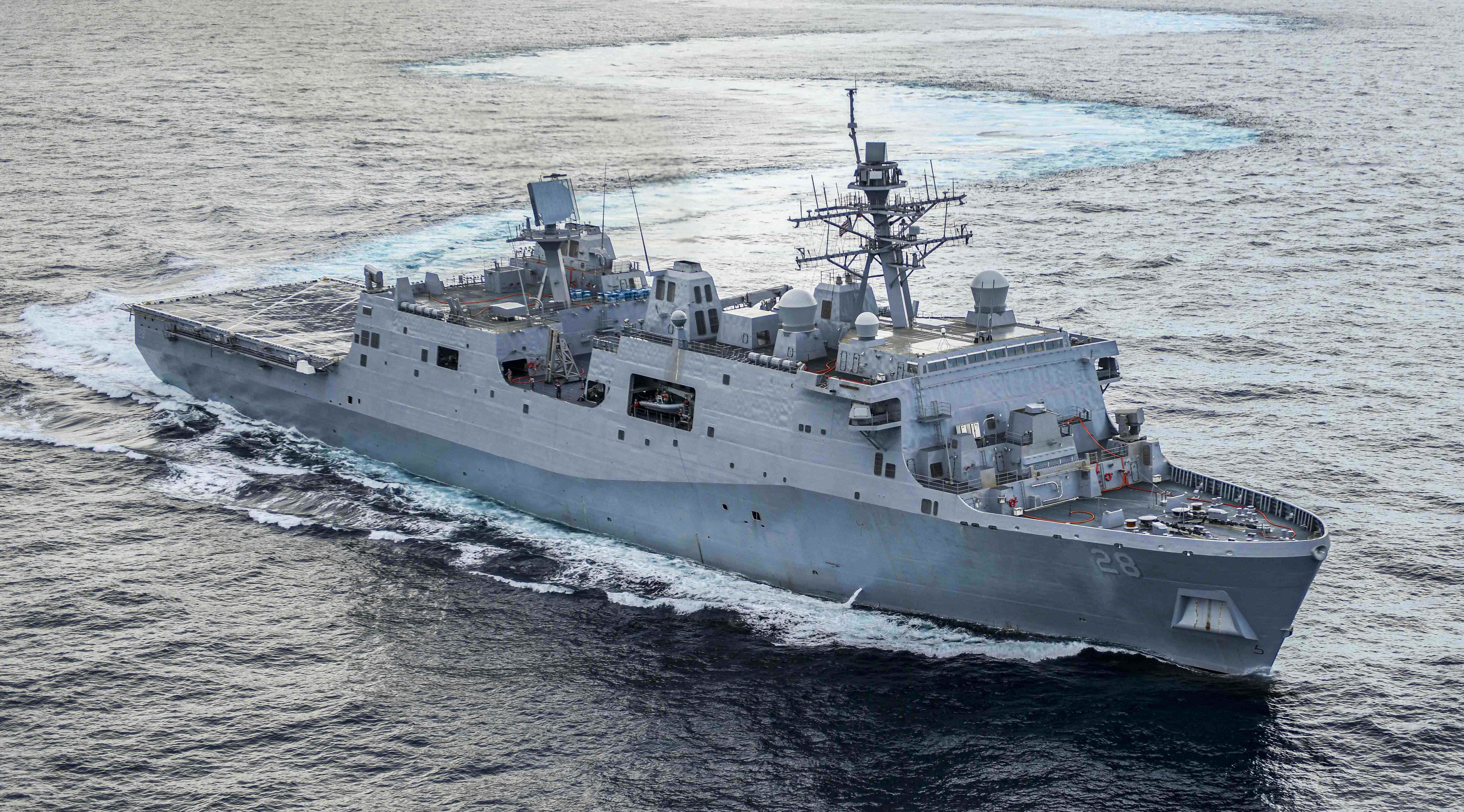
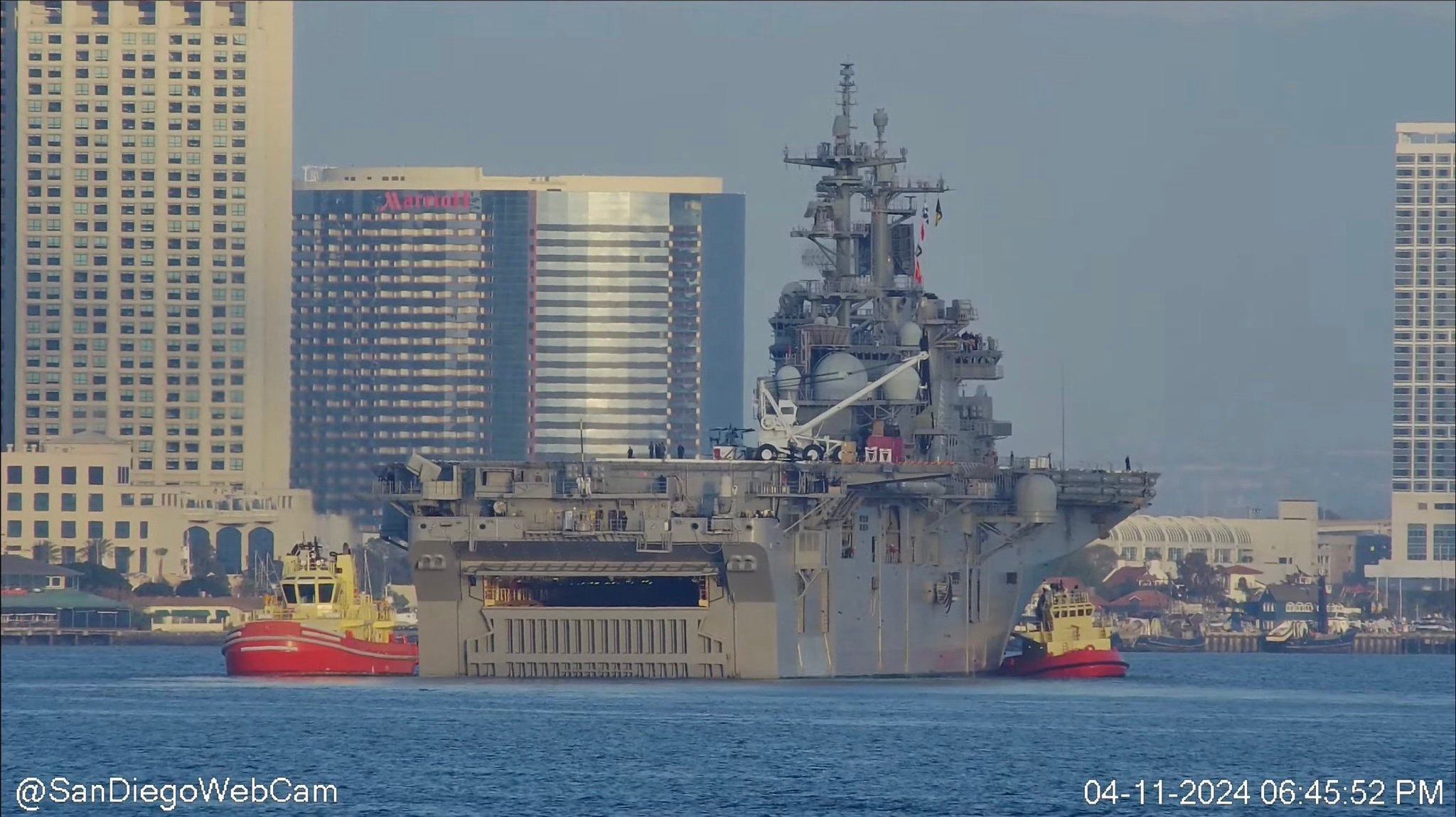

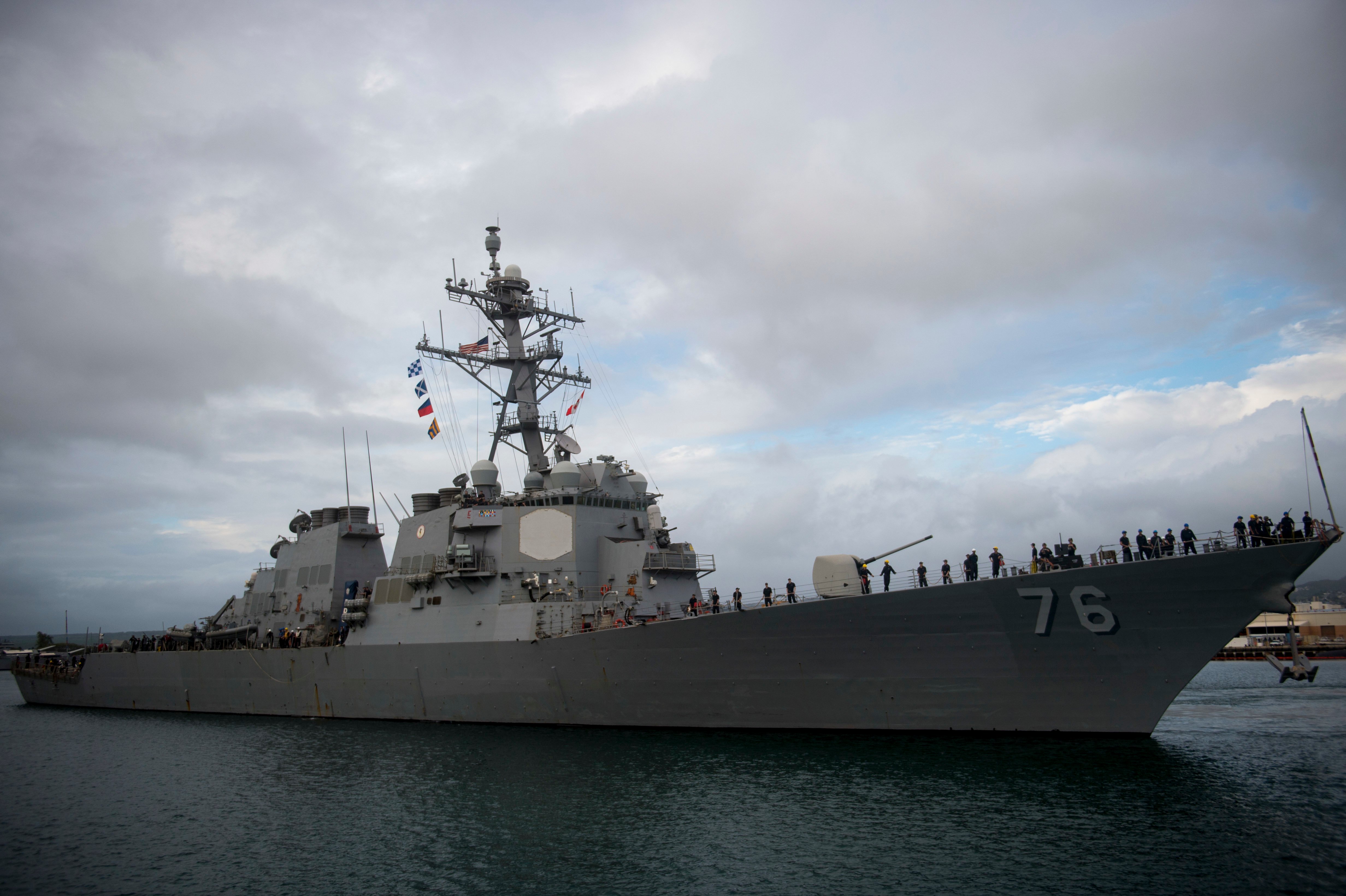
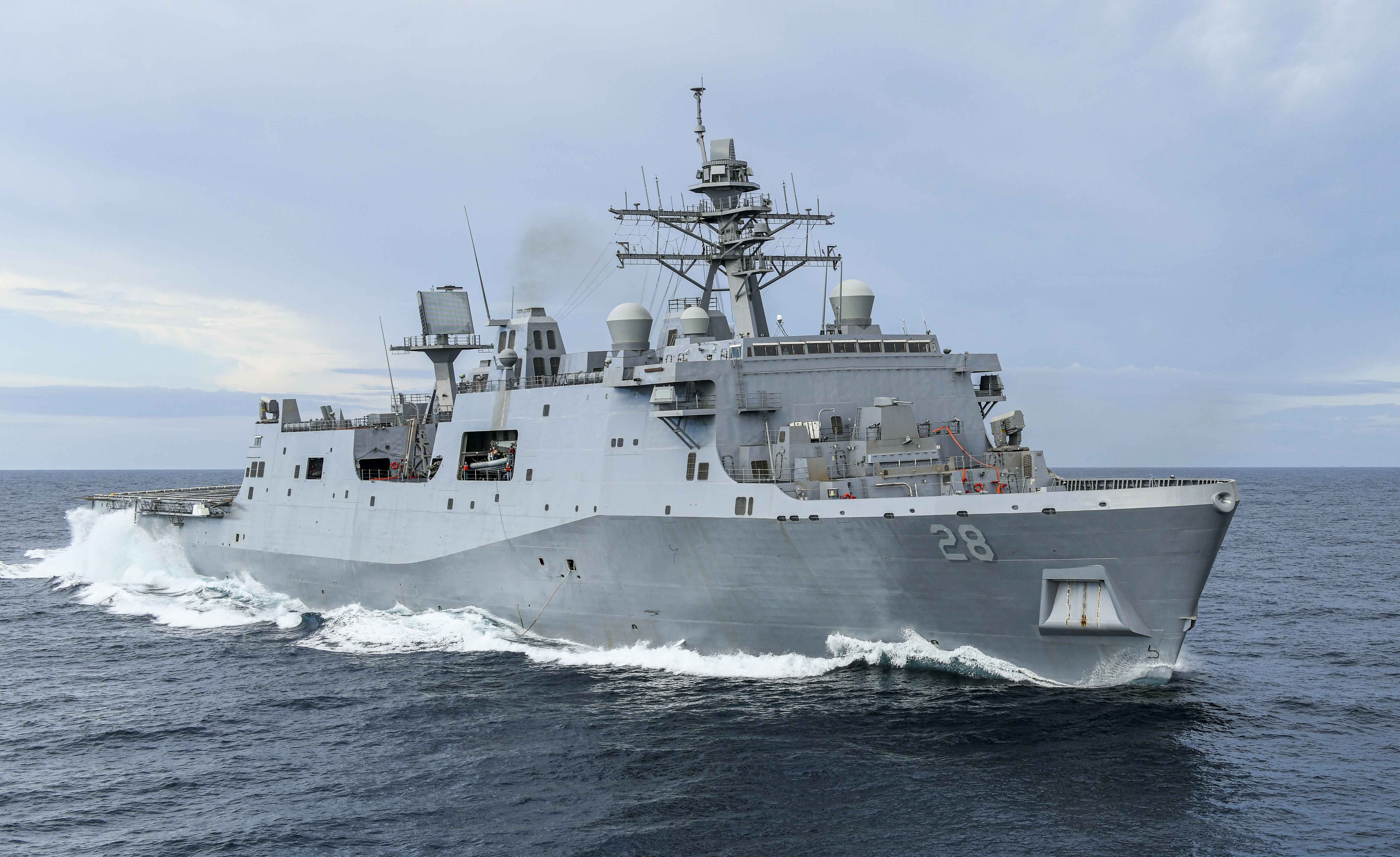
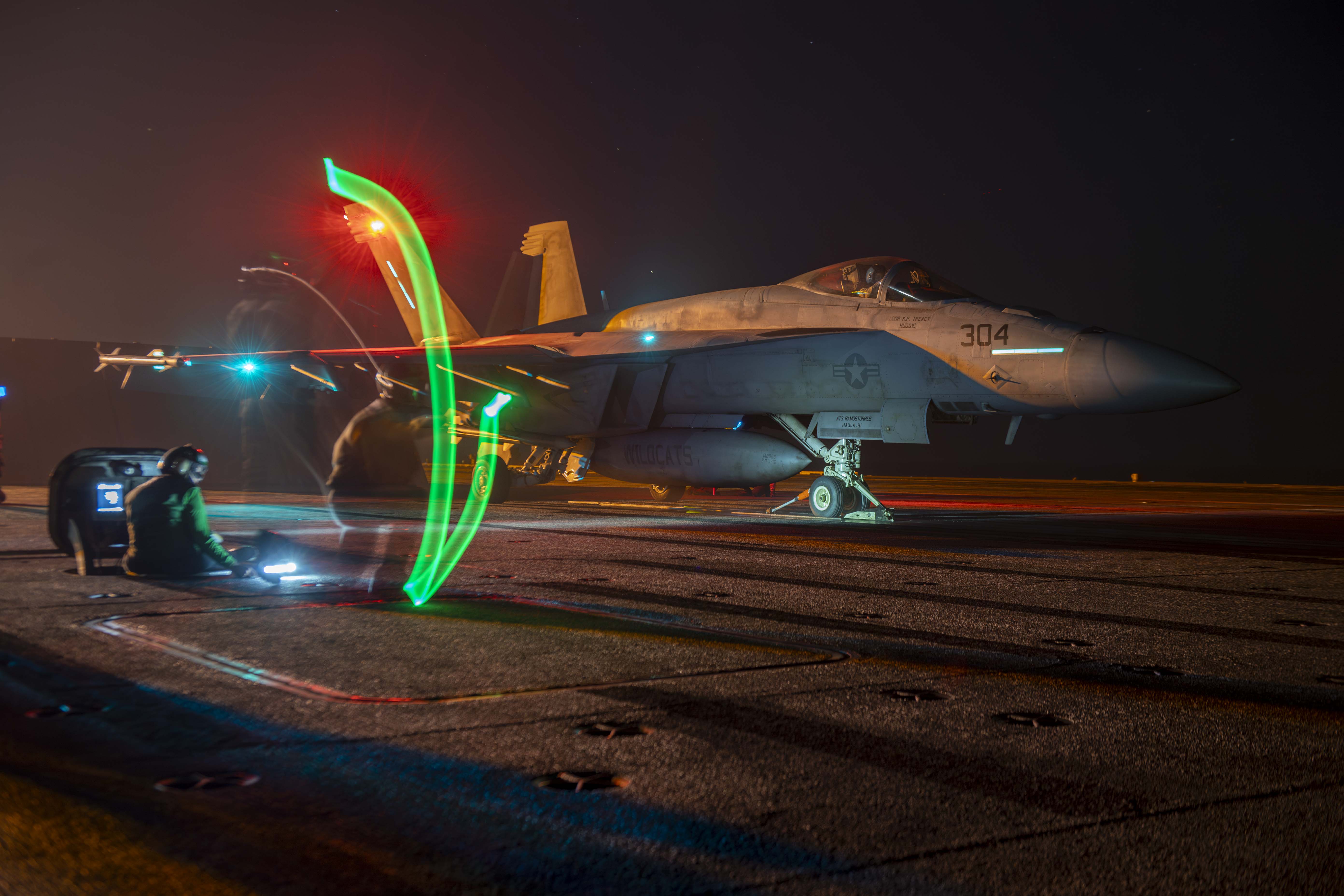

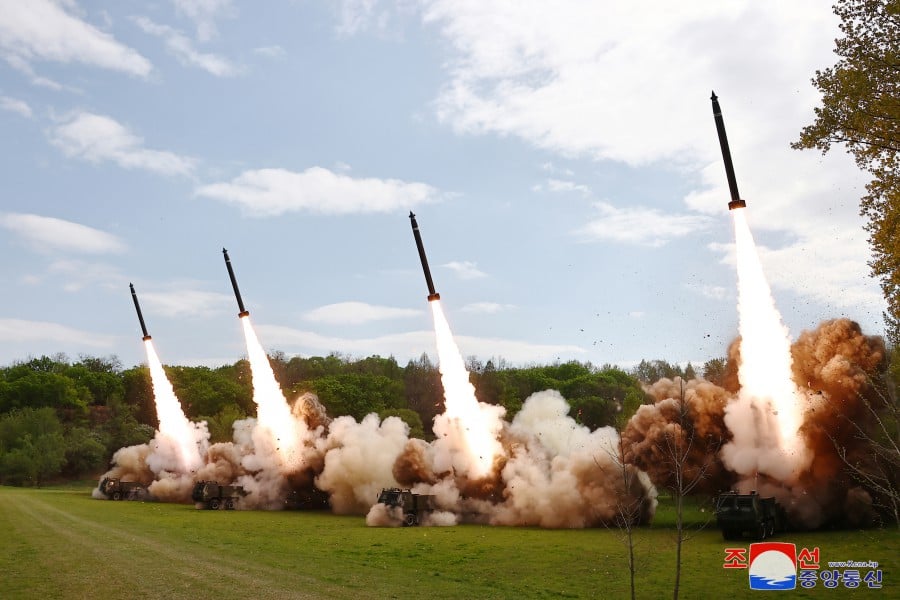
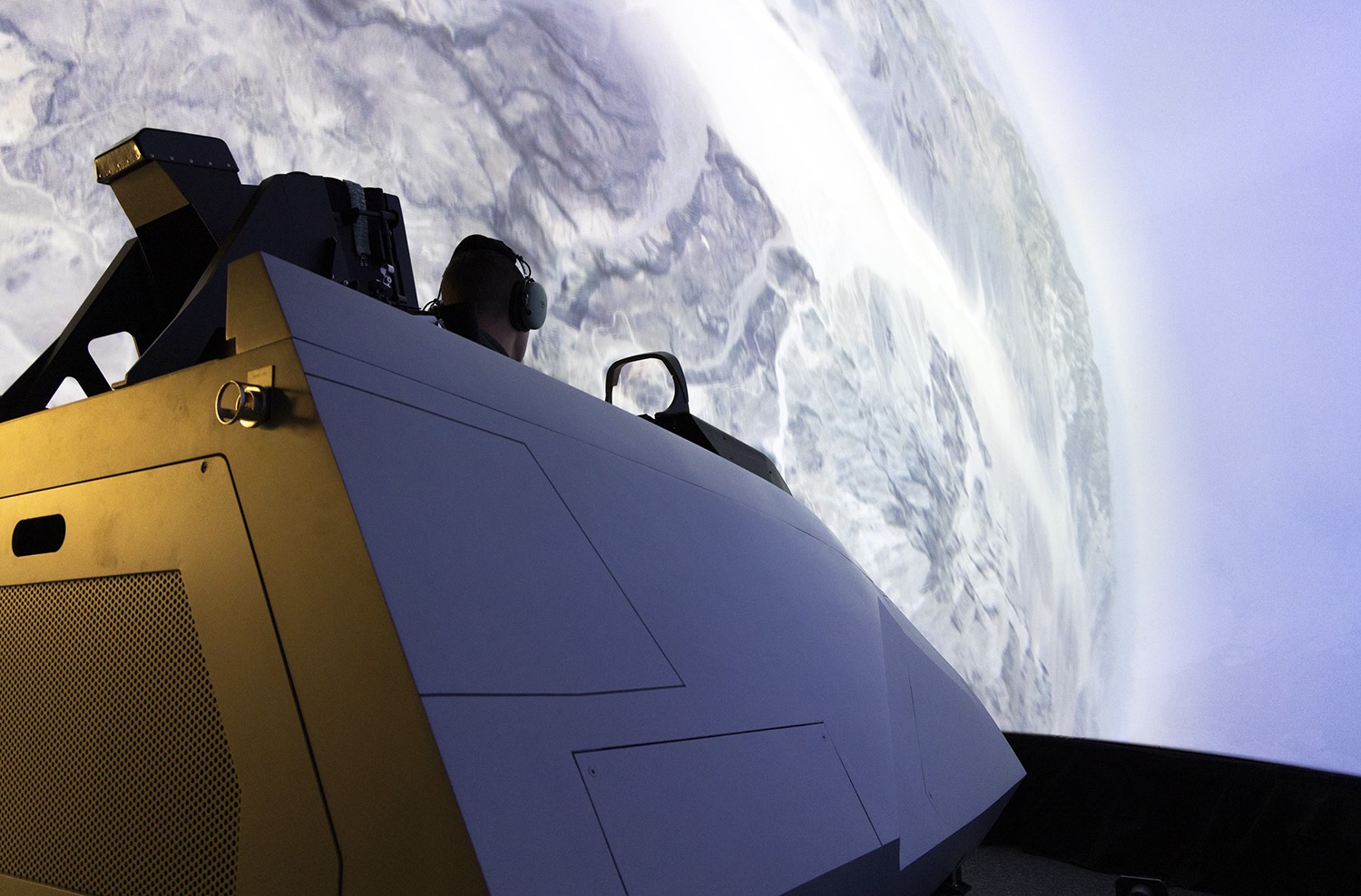
Your voice matters. Join generations of thought leaders—by contributing to the open forum of the Sea Services.
Copyright 2024 U.S. Naval Institute. All Rights Reserved.
